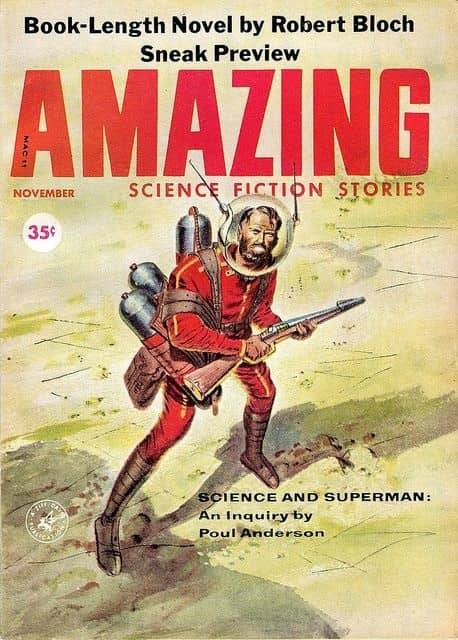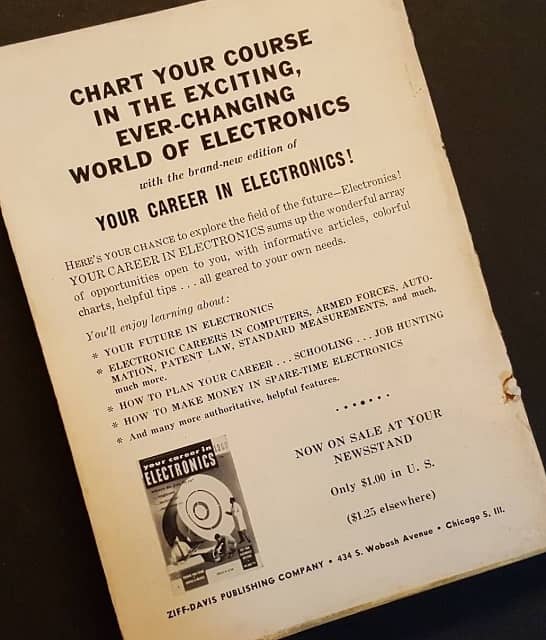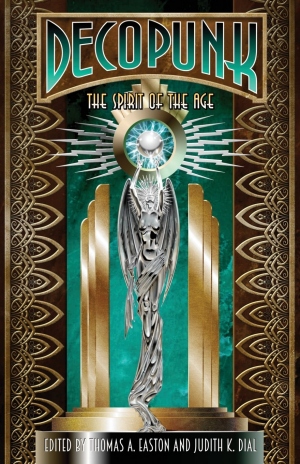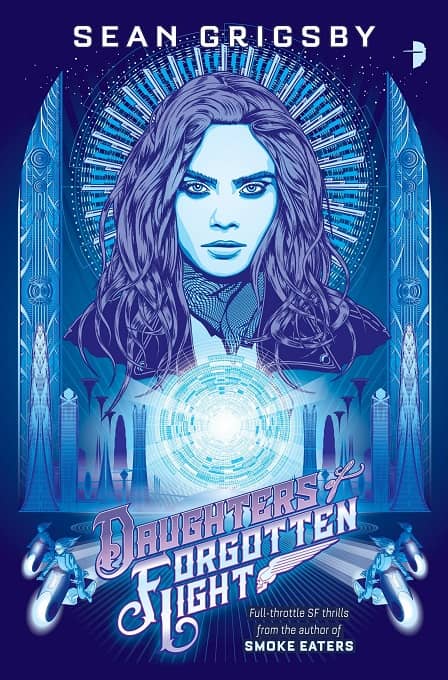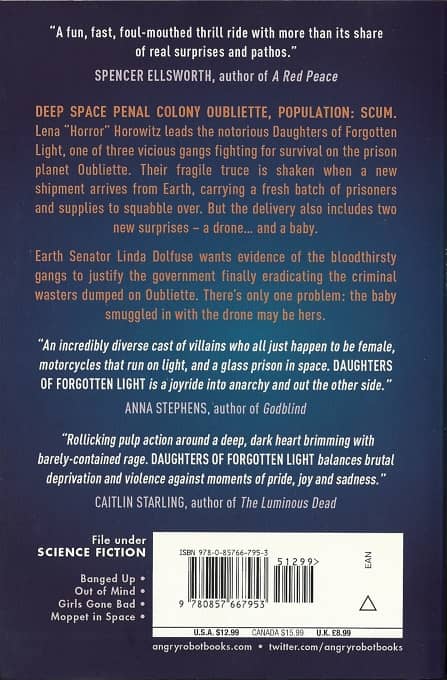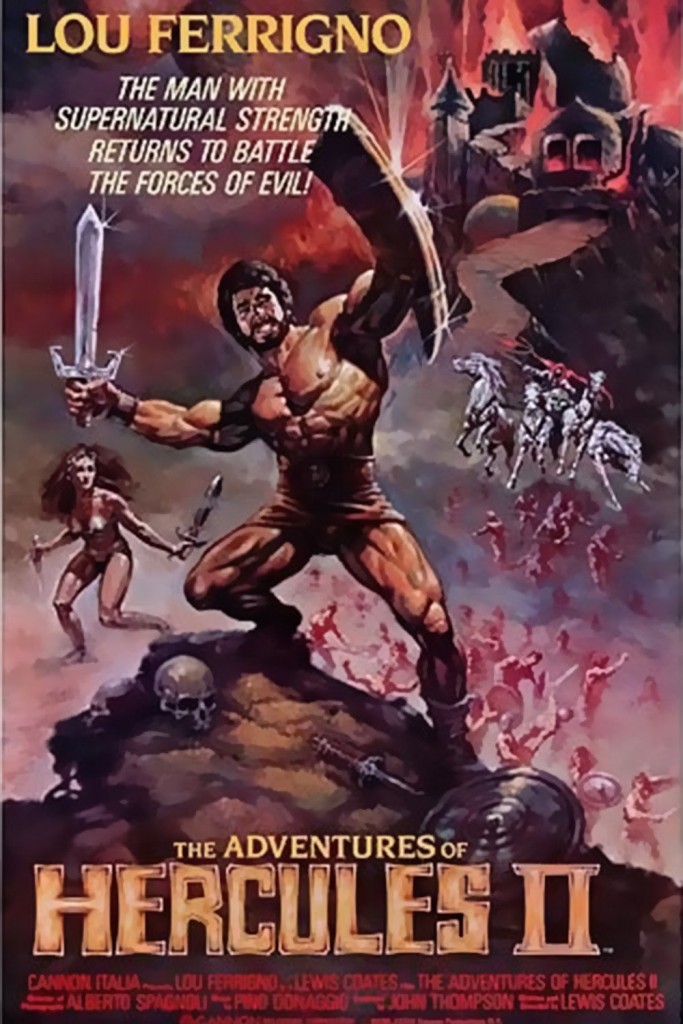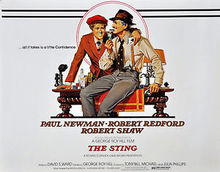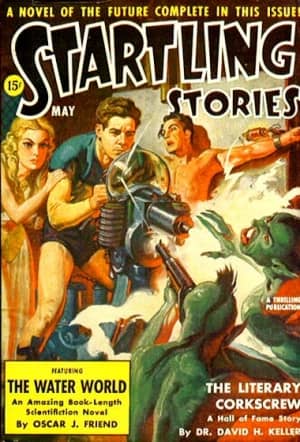Aliens in a Space Prison: The Sanctuary Novels by Caryn Lix
 |
 |
It shouldn’t be a surprise to anyone that we’re living in a YA golden age. The runaway success of Harry Potter, The Hunger Games, and the Percy Jackson novels has generated a glut of books, most of which are fantasy or SF series. It reminds me of the urban fantasy/paranormal romance trend of a decade ago, when it seemed that half the books on the shelves featured superpowered vampire killers who were dating werewolves.
I know more than a few readers who avoid YA altogether. But, like any other subgenre, there’s plenty of interesting work to be found if you look hard enough. Recently I started reading Caryn Lix’s Sanctuary, which reads like Aliens set on a space prison, and have been enjoying it so far. The sequel Containment is set to be released next August. Here’s the jacket copy for Sanctuary.
Kenzie holds one truth above all: the company is everything.
As a citizen of Omnistellar Concepts, the most powerful corporation in the solar system, Kenzie has trained her entire life for one goal: to become an elite guard on Sanctuary, Omnistellar’s space prison for superpowered teens too dangerous for Earth. As a junior guard, she’s excited to prove herself to her company — and that means sacrificing anything that won’t propel her forward.
But then a routine drill goes sideways and Kenzie is taken hostage by rioting prisoners. At first, she’s confident her commanding officer — who also happens to be her mother — will stop at nothing to secure her freedom. Yet it soon becomes clear that her mother is more concerned with sticking to Omnistellar protocol than she is with getting Kenzie out safely.
As Kenzie forms her own plan to escape, she doesn’t realize there’s a more sinister threat looming, something ancient and evil that has clawed its way into Sanctuary from the vacuum of space. And Kenzie might have to team up with her captors to survive — all while beginning to suspect there’s a darker side to the Omnistellar she knows.
Sanctuary was published by Simon Pulse on July 24, 2018. It is 461 pages, priced at $19.99 in hardcover and $10.99 for the digital version. The cover was designed by Sarah Creech, with art by Jacey. Read the first chapter here. See all our recent coverage of the best new fantasy series here.
